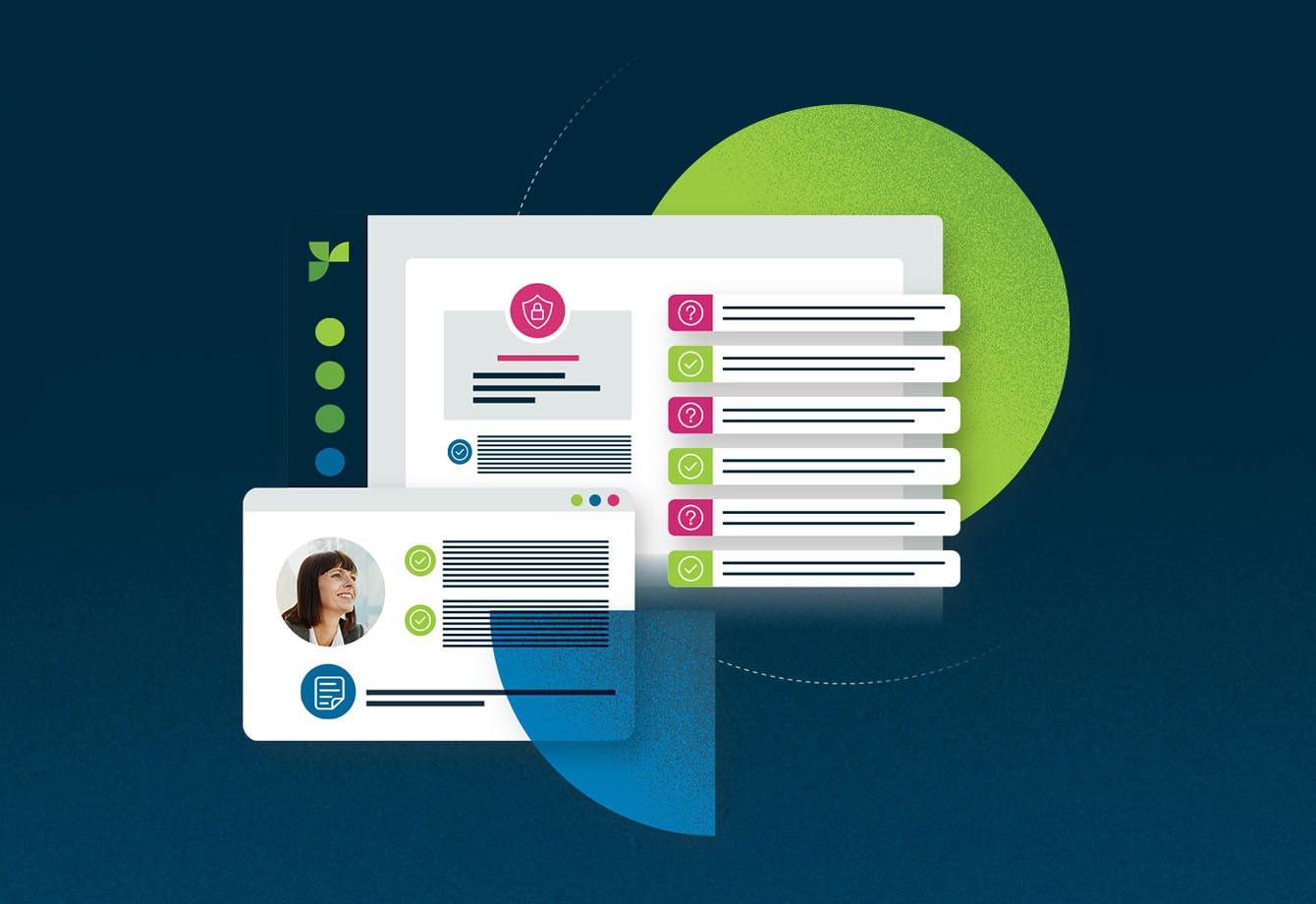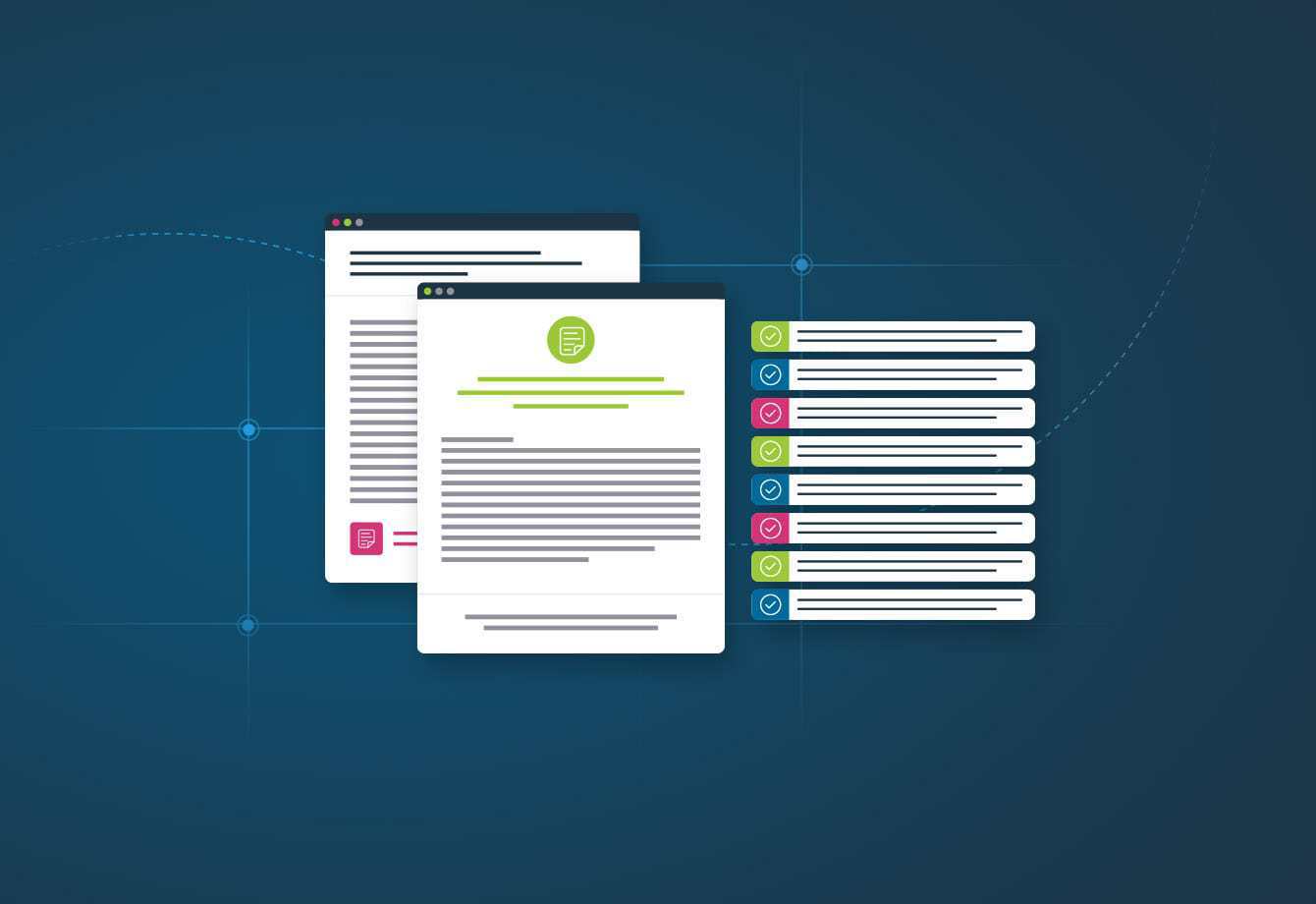
Start Responding Like a Pro
The Responsive blog is full of insights and best practices, giving you the tools you’ll need to streamline your process and respond with confidence.
Featured Post

How to choose a proposal management solution
Product & Best PracticesIn today’s competitive business landscape – where $11 trillion of revenue is won every year through RFPs – the ability […]
Category: Tag: Proposal management


What proposal management tools do you need in your stack?
Product & Best Practices
9 Best Proposal Management Software Solutions for 2024
Product & Best Practices
How to create a project implementation plan for proposal management
Productivity
Is a proposal development consultant the key to winning your next RFP?
People & Teams
RFP project management: Bring order to your proposal process
Product & Best Practices
The proposal process: Organize and master RFP responses
Product & Best Practices
How a proposal coordinator keeps RFPs running smoothly
People & Teams
Proposal management: what it is, how it works, and what you need to succeed
Productivity
How to reclaim your work-life balance
Product & Best Practices
How to build a winning proposal team
People & Teams
The perfect B2B proposal is 8 steps away
Products/Features/SolutionsSee how it feels to respond with confidence
Why do 250,000+ users streamline their response process with RFPIO? Schedule a demo to find out.